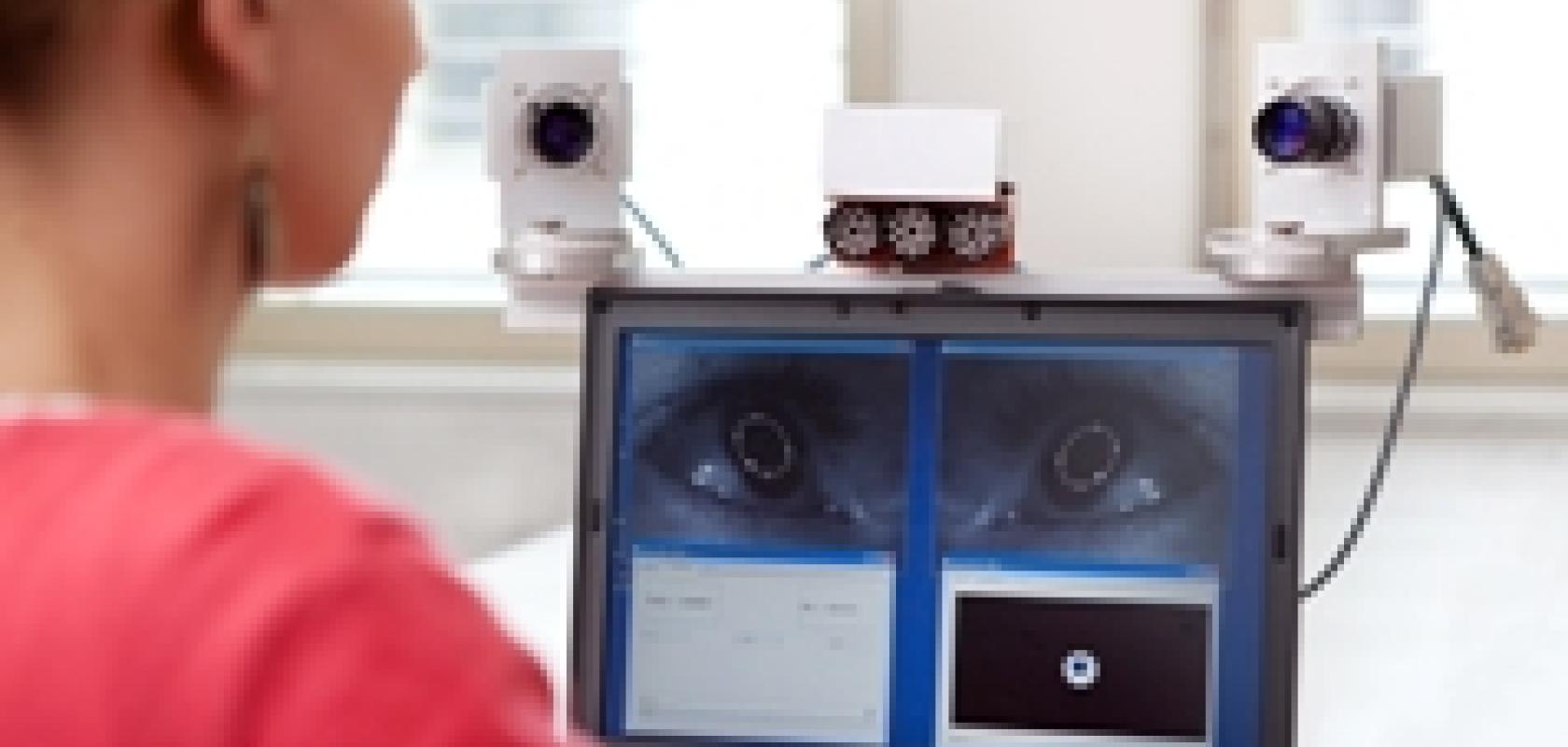Researchers at the Fraunhofer Institute for Digital Media Technology IDMT in Ilmenau, Germany, have developed a driver assistance system that tracks the driver's eye movements and issues a warning when they are becoming tired.
According to the German Road Safety Council e.V. (DVR), one in four highway traffic fatalities are the result of momentary driver drowsiness.
The Eyetracker can incorporate four or even six cameras monitoring the driver's eyes. The cameras evaluate up to 200 images per second to identify the line of vision, even when a driver's head moves to the left or right. If the camera modules detect that the eye is closed for longer than a user-defined interval, it sounds an alarm.
The Eyetracker is only roughly half the size of a matchbox and practically undetected when mounted behind the sun visor and in the dashboard. The tiny lenses are just 3-4mm in diameter.
The special feature of the Eyetracker is that it can be installed in any model of car. There is no need for a complicated calibration of the cameras. 'With conventional systems, every person whose line of vision is to be monitored has to complete more or less time-consuming preparations. Because every head, every face, every pair of eyes is different,' commented Prof Husar of the IDMT.
'What we have developed is a small modular system with its own hardware and programs on board, so that the line of vision is computed directly within the camera itself,' continued Husar. 'Since the Eyetracker is fitted with at least two cameras that record images stereoscopically – meaning in three dimensions – the system can easily identify the spatial position of the pupil and the line of vision.'
The information is fed out through a standard interface. The Eyetracker can be connected directly to the car's trip computer.
There are a host of other applications for the Eyetracker. In medicine, the camera system can assist with eye operations by registering a patient's eye movements. With this technology, players of computer games can also look around themselves, without requiring a joystick to change their viewing direction. It is also a valuable tool for marketing and advertising researchers with an interest in determining which parts of a poster or advertising spot receive longer attention from their viewers.
The system will be demonstrated at the Vision 2010 trade fair in Stuttgart, Germany, which is held from 9-11 November.


